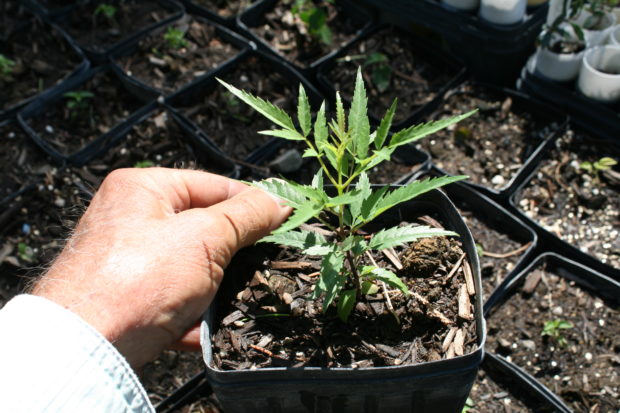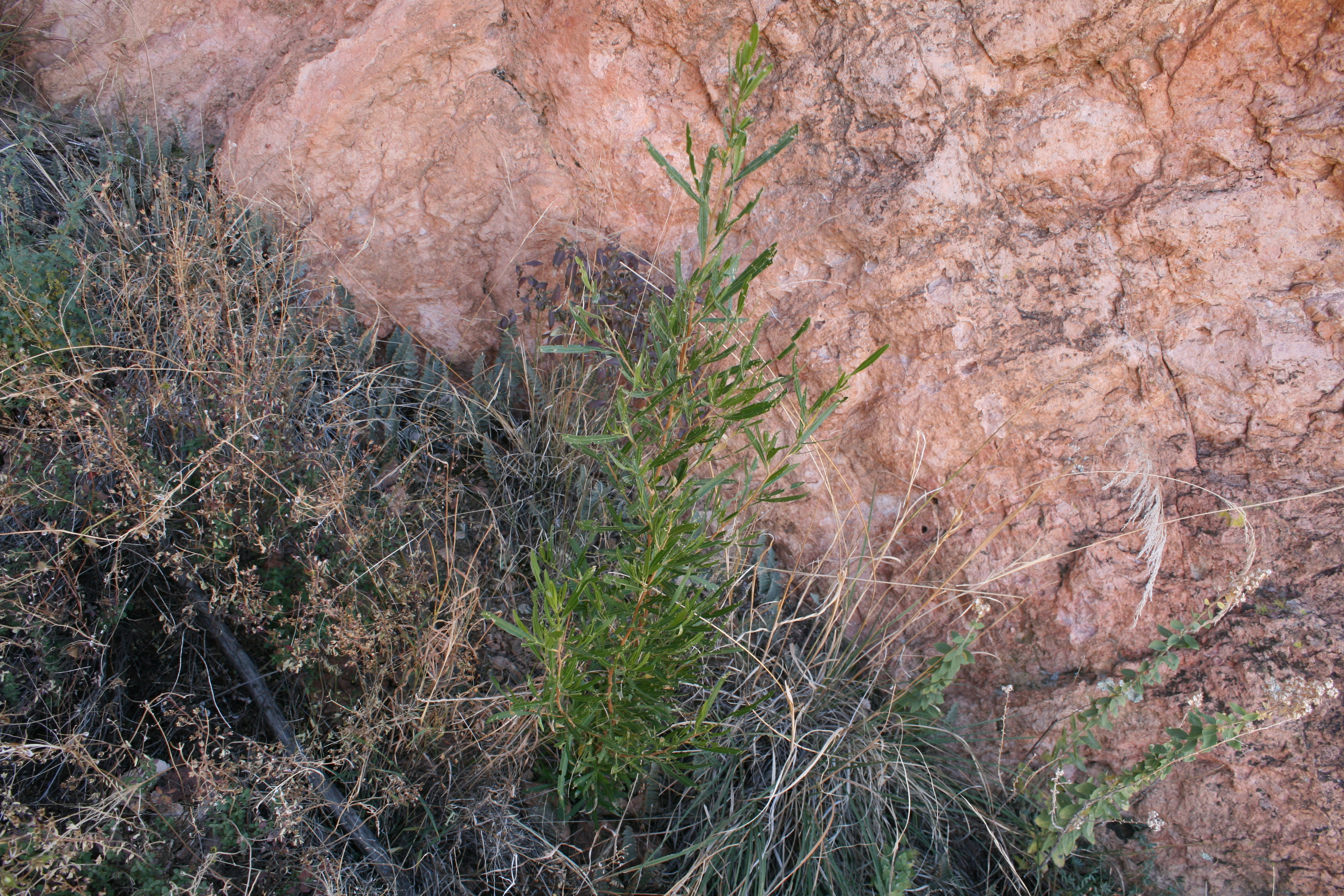I think I talked more about Toumey oak (Quercus toumeyi) than yellow bells. It is an awfully sweet little native oak. I’m pretty sure it doesn’t occur in Pima County, but on this side of the border it’s found in Santa Cruz and Cochise Counties. I’ve seen some small tree versions in the Peloncillo Mtns. along the AZ/NM border. If you go to the Chiricahua National Monument you will see the shrubby form in wind swept stands where the trails open up on rocky slopes.
The first time I saw Arizona yellow bells (this plant has a slew common names, btw) it was on a cliff face as I started to drive up the Mt. Lemmon Hwy from the desert. That was years ago and homes have displaced plants and cliff face. Later I found a population on the hills above Peppersauce Cave. It is so fun to stumble on when out on a hike. When it is green and in bloom it looks like an escaped ornamental. The name Tecoma is an abbreviation of the Nahuatl word tecomaxochitl. I dunno, I think that would have been a very cool genus name. Oh, and the specific epithet stans means upright or erect, and if we’re including the variety angustata, then that means narrow and refers to the leaves. Now you know.
Arizona yellow bells makes an excellent ornamental for your habitat. It’s especially cool to have one your yard and be able to tell folks where you’ve seen it in the wild.

The photos are mine of some planted seedlings…come on, look carefully, that is not Cannabis… and since I had no current photos of it in flower, go to the SEINet home page ( http://swbiodiversity.org/seinet/index.php) and type Tecoma stans into the Search Taxon spot and you’ll get photos galore. Yay!


I love the botanical name Amoreuxia. I think it may be the “euxia” part that feels so pleasant to say. And the specific epithet...

The green dodo, Dodoneaea viscosa…I don’t think that the variety angustifolia still applies to our native dodo as botanists Benson and Darrow had it…anyway,...

Come on blue dicks and come on spring! Oh, while figuring out that the genus Dichelostemma translates as “a garland which is twice-parted to...